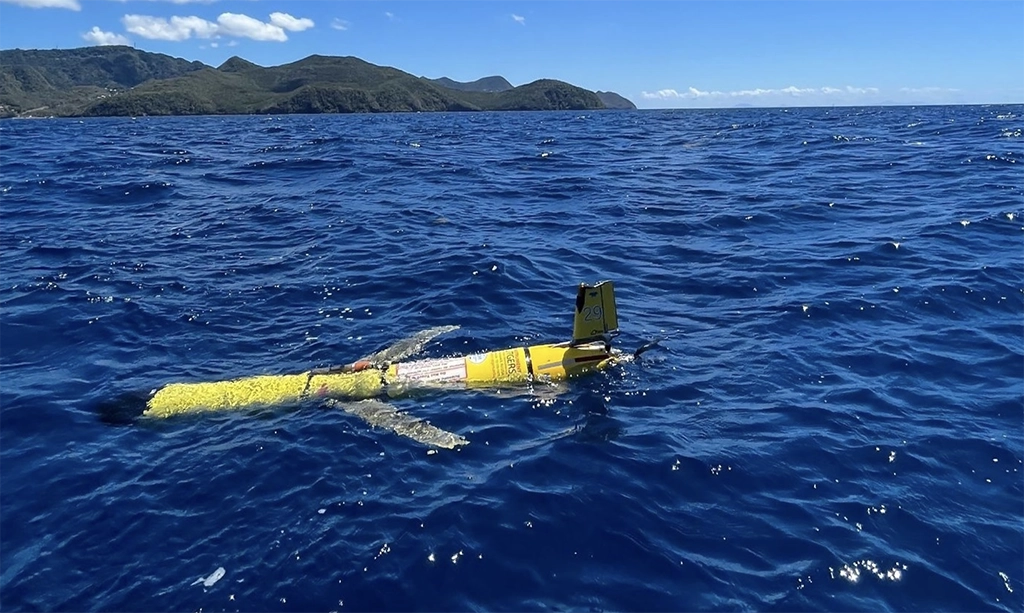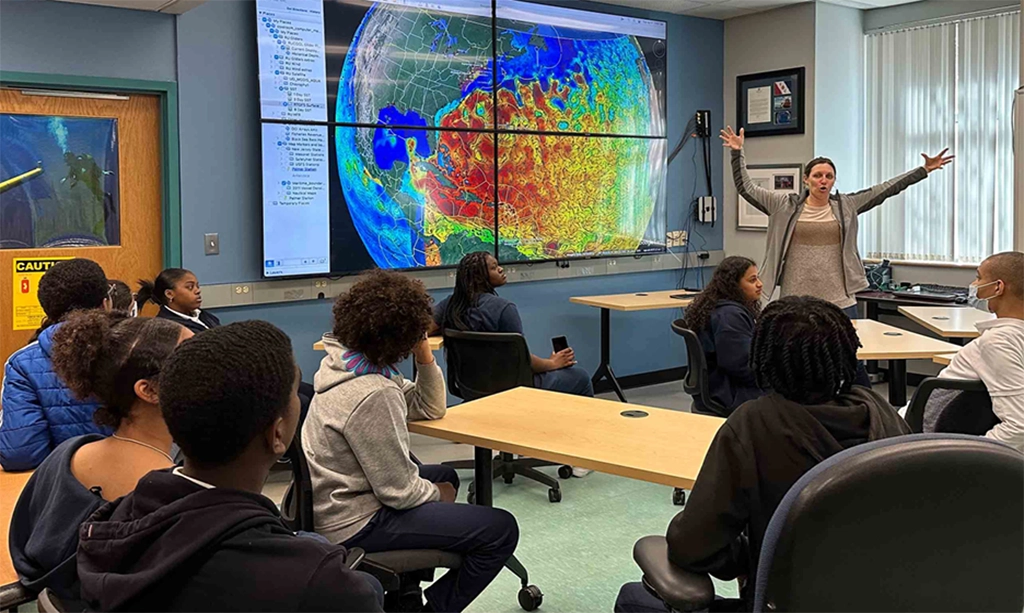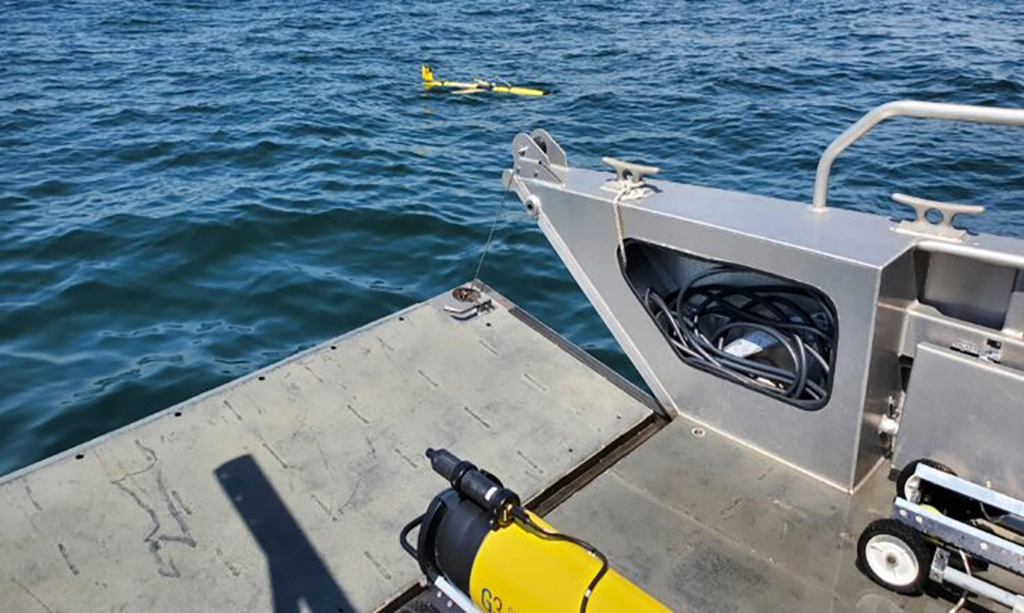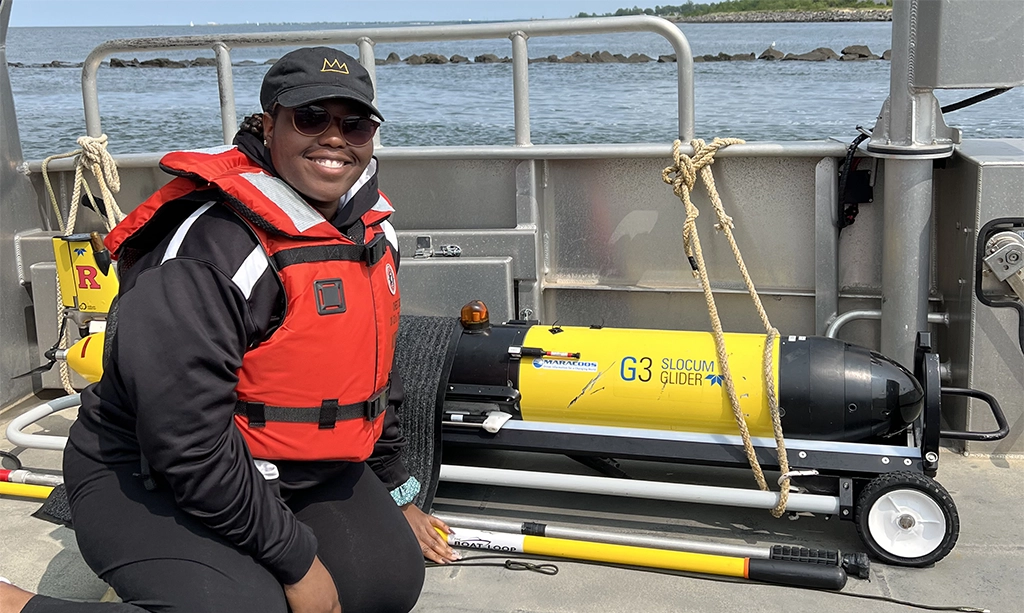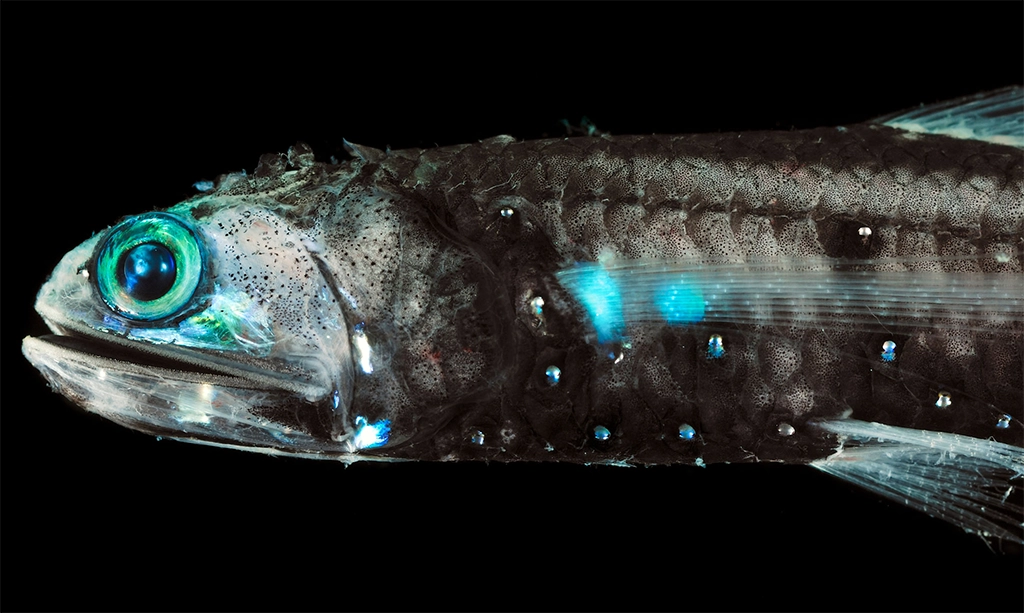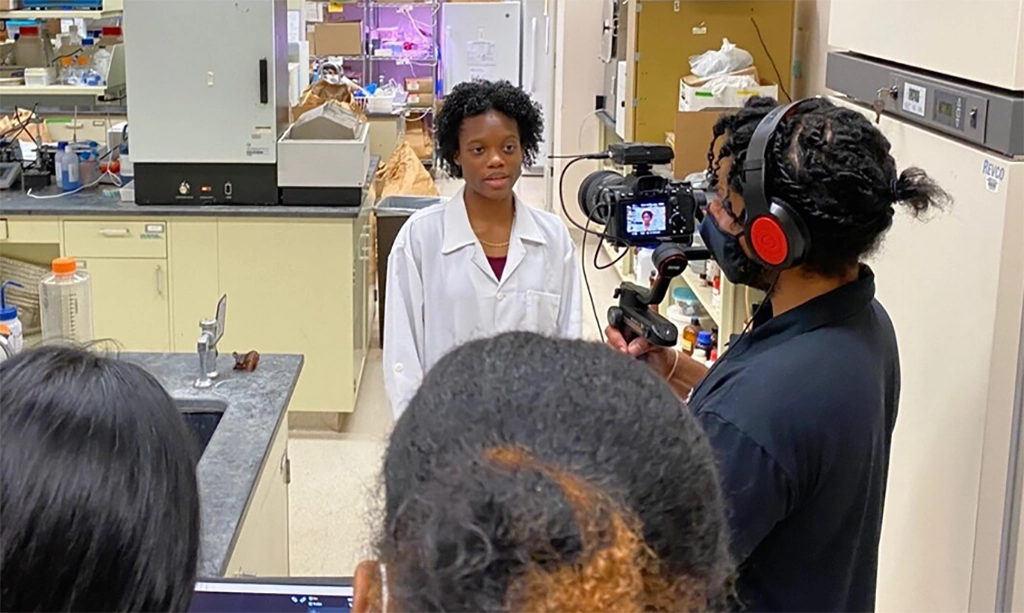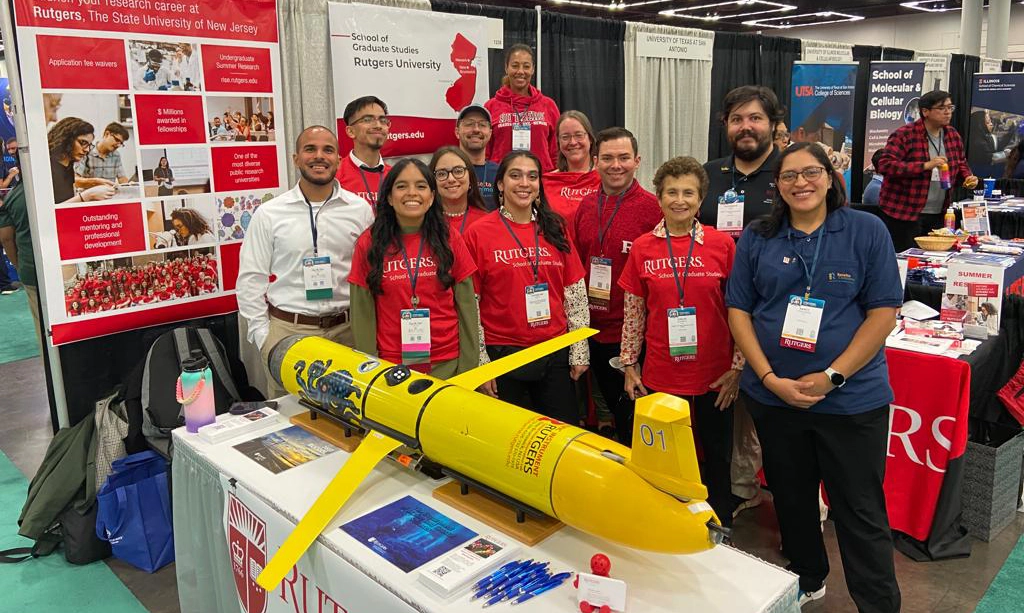RUCOOL Awarded Gift to Enhance Global Exploration in the Caribbean Sea
Rutgers University Center for Ocean Observing Leadership (RUCOOL) has been awarded a $250,000 gift from the G. Unger Vetlesen Foundation to support climate, weather and ecosystem research and capacity building…

